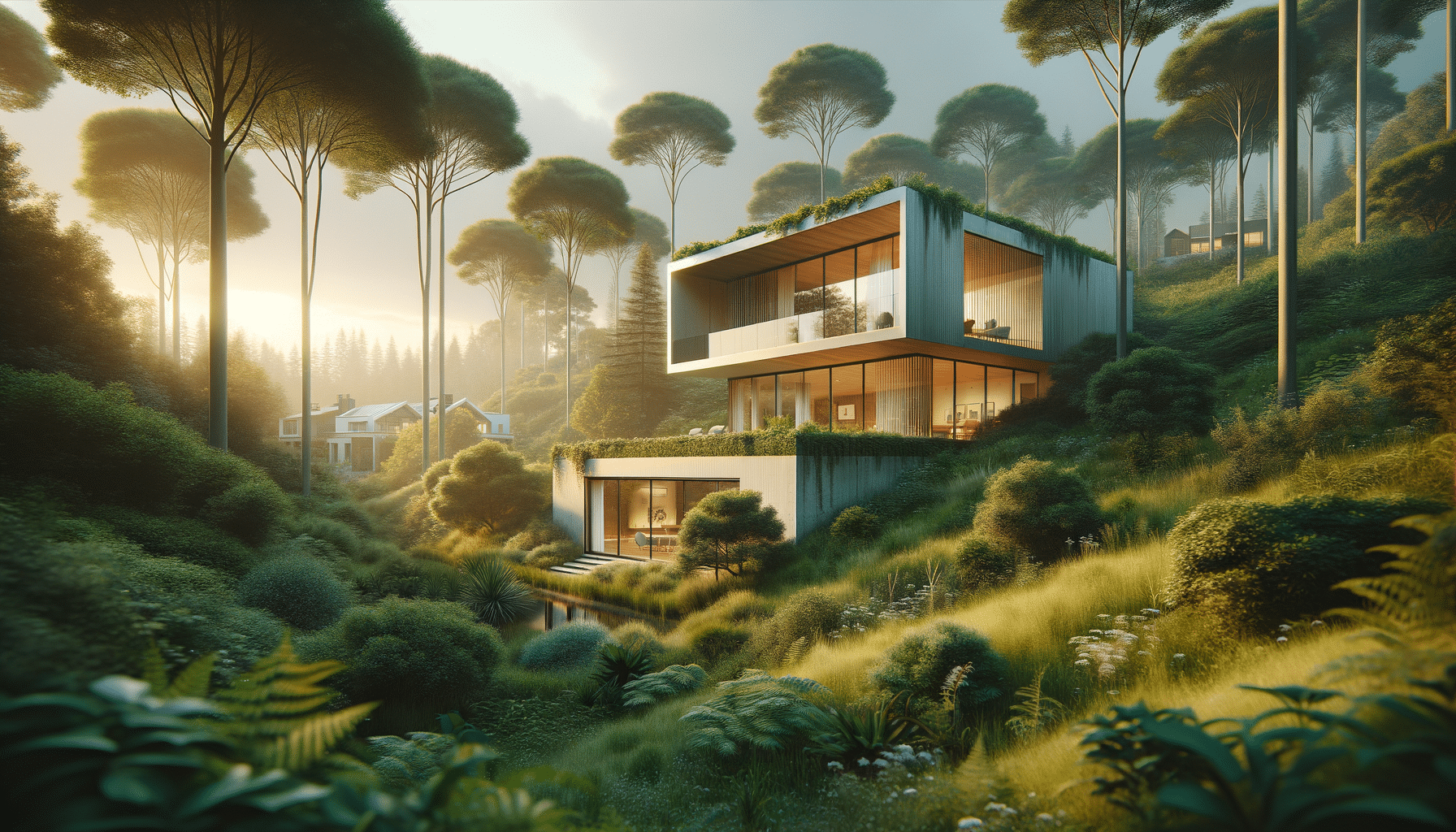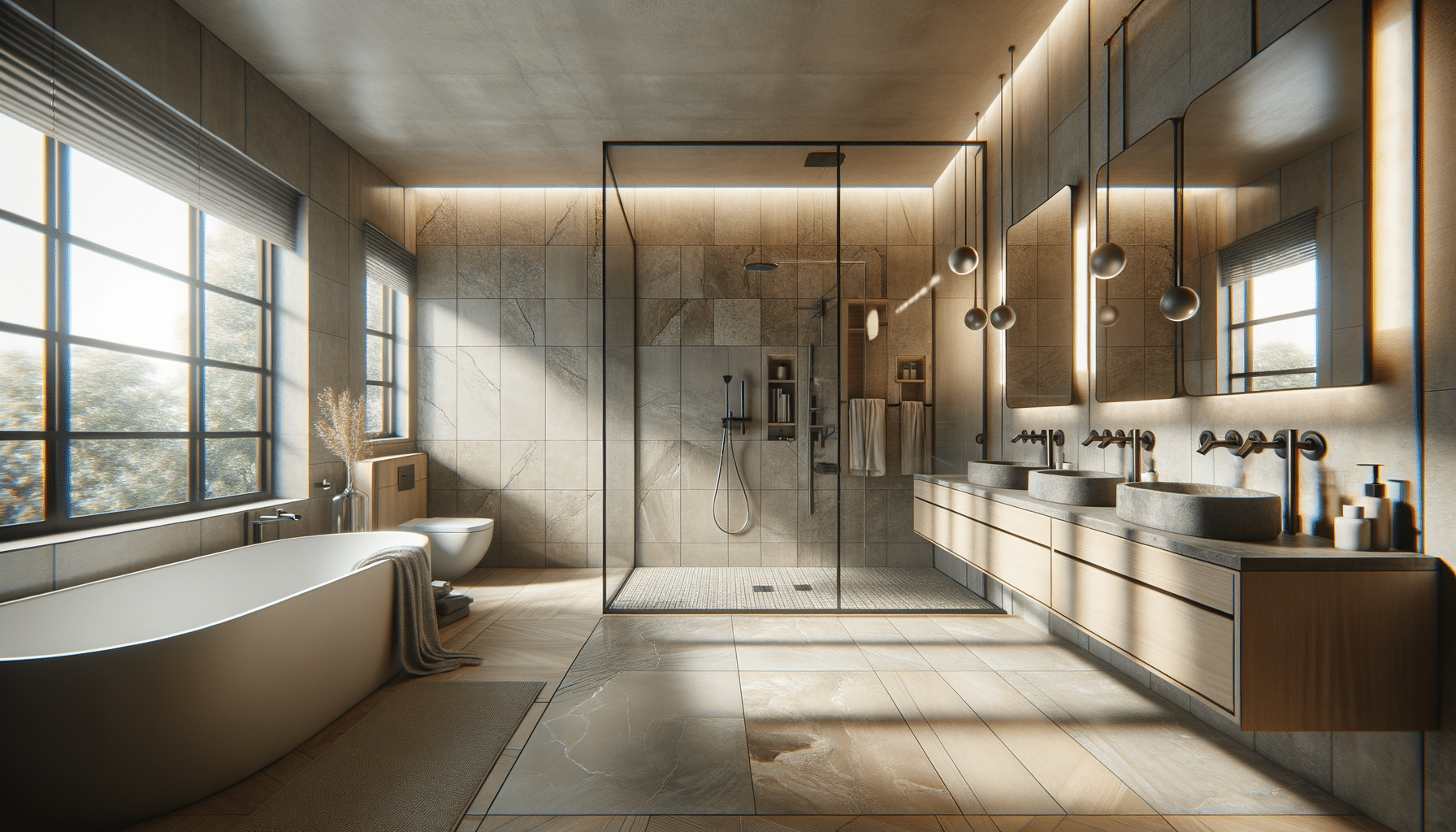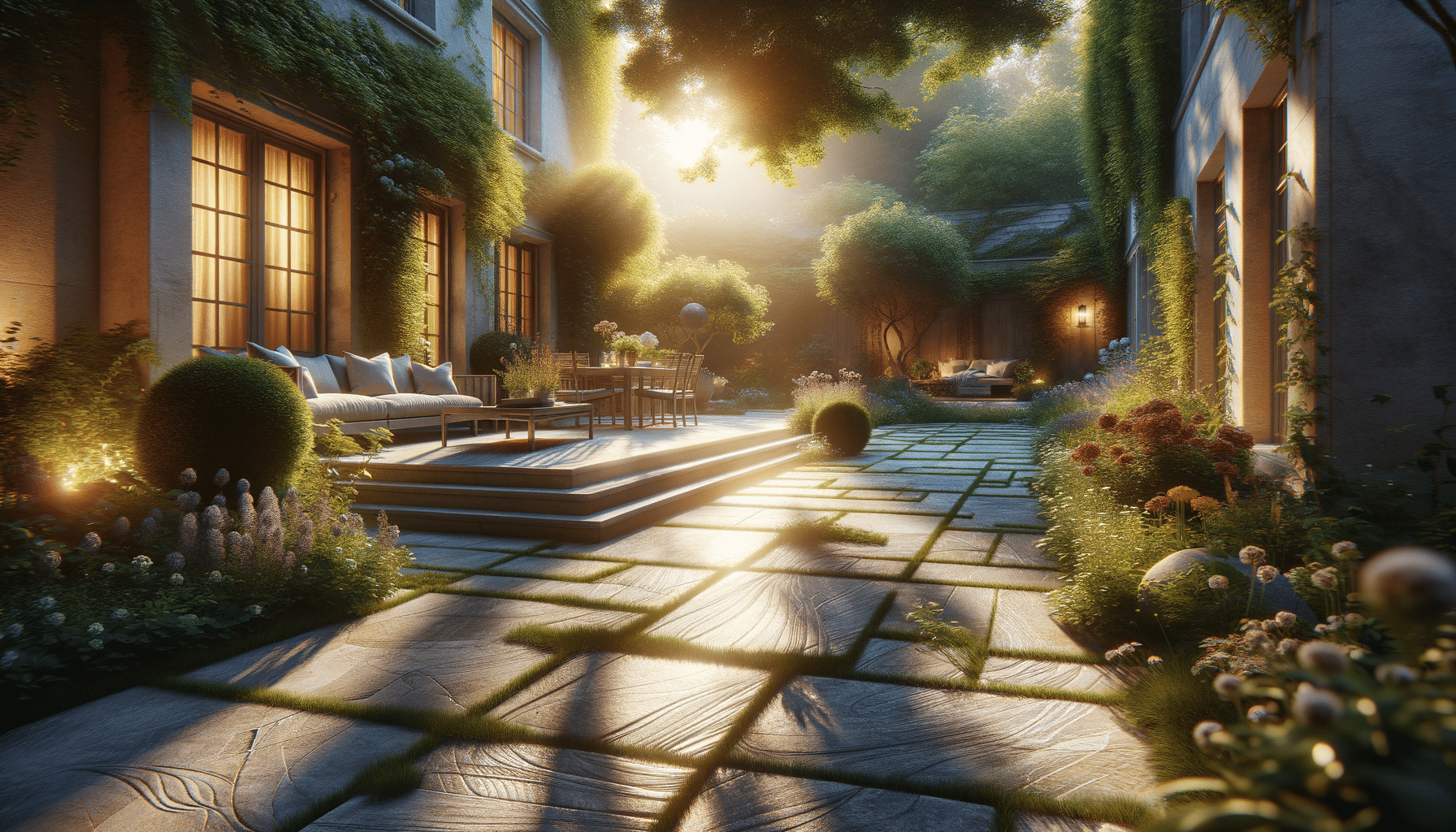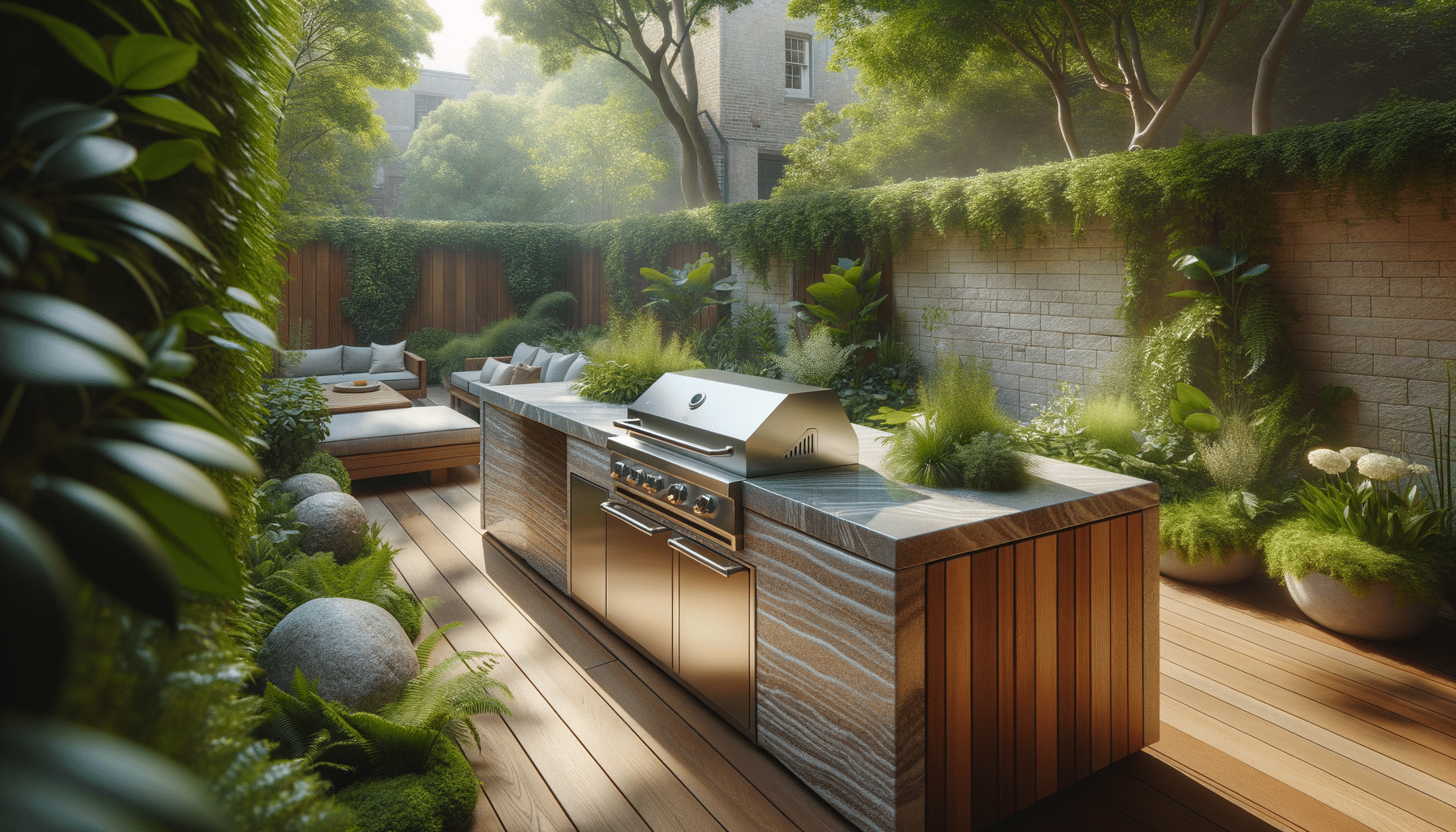
Descubre cómo las casas prefabricadas están transformando la forma de vivir
Introduction to Prefabricated Houses
In recent years, the concept of prefabricated houses has gained significant attention as a modern solution to traditional housing challenges. These homes, often referred to as prefab homes, are constructed off-site in a controlled environment and then transported to the desired location for final assembly. This innovative approach not only reduces construction time but also offers a myriad of benefits in terms of cost, sustainability, and design flexibility. As urban areas continue to expand and housing demands increase, prefabricated houses present a viable option for many looking to own a home.
Understanding the Construction Process
The construction process of prefabricated houses is quite distinct from traditional building methods. It begins with the design phase, where architectural plans are developed to meet specific client needs. Once the design is finalized, the construction takes place in a factory setting. This controlled environment ensures precision and quality control, reducing the likelihood of errors that can occur on conventional building sites. Sections of the house, such as walls, floors, and roofs, are manufactured in modules or panels. These components are then transported to the site, where they are assembled to form the complete structure.
One of the key advantages of this process is the reduction in construction time. Prefabricated houses can be completed in a fraction of the time it takes to build a traditional home. Additionally, the factory setting allows for the use of advanced technology and machinery, which can enhance the quality and durability of the final product. This method also minimizes waste, as precise measurements and cutting techniques are employed, contributing to a more sustainable construction process.
Advantages of Prefabricated Homes
Prefabricated homes offer several advantages that make them an attractive option for prospective homeowners. Firstly, they are often more cost-effective than traditional homes. The streamlined construction process and reduced labor costs contribute to lower overall expenses. Additionally, the controlled manufacturing environment ensures high-quality construction with fewer defects, reducing maintenance costs over time.
Another significant benefit is the environmental impact. Prefabricated homes are usually more energy-efficient, as they are built with modern materials and techniques that enhance insulation and reduce energy consumption. Many prefab homes incorporate sustainable materials and can be designed to accommodate renewable energy sources, such as solar panels.
The design flexibility offered by prefabricated homes is also noteworthy. Homebuyers can choose from a wide range of designs and layouts, allowing them to customize their homes to suit their preferences and lifestyle. This flexibility extends to the choice of materials and finishes, enabling a personalized touch that reflects individual tastes.
Challenges and Considerations
While prefabricated houses offer numerous benefits, there are also challenges and considerations to keep in mind. One potential drawback is the initial perception of prefab homes as being of lower quality compared to traditional houses. However, advancements in technology and design have significantly improved the quality and aesthetics of prefab homes, making them comparable to their conventional counterparts.
Another consideration is the transportation and assembly process. The logistics of moving large prefabricated sections to the site can be complex and may require specialized equipment. Additionally, the assembly process on-site must be meticulously planned to ensure a seamless fit of the prefabricated components.
Lastly, local zoning laws and regulations can impact the feasibility of building a prefabricated home. Potential homeowners should research and understand the legal requirements in their area to ensure compliance and avoid any legal complications.
The Future of Prefabricated Housing
The future of prefabricated housing looks promising as technology continues to evolve and the demand for affordable, sustainable housing grows. Innovations in materials and construction techniques are likely to further enhance the quality and appeal of prefab homes. Additionally, as awareness of environmental issues increases, the eco-friendly nature of prefabricated homes will become an even more significant selling point.
Urbanization and population growth are driving the need for efficient housing solutions, and prefabricated homes are well-positioned to meet this demand. With the potential for rapid construction and customization, prefab homes could become a mainstream option for individuals and families seeking modern, sustainable living spaces.
In conclusion, prefabricated houses are transforming the way we think about home construction. Their advantages in terms of cost, sustainability, and design flexibility make them a compelling choice for the future. As the housing market continues to evolve, prefabricated homes are set to play an increasingly important role in shaping the landscapes of our communities.


